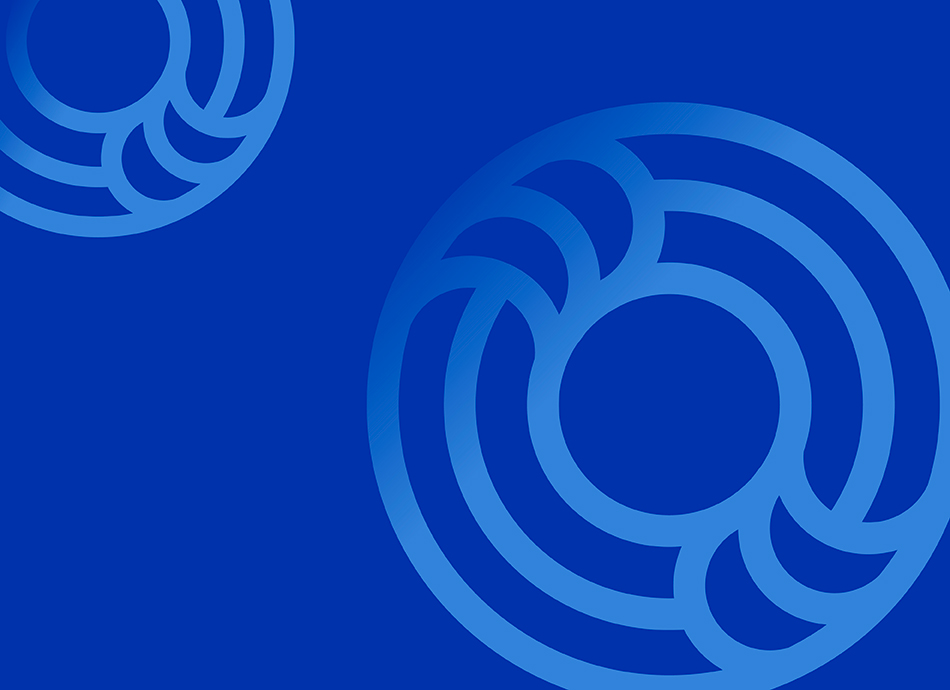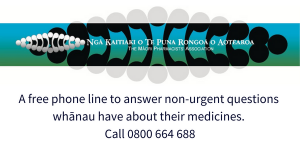- Solifenacin is used to treat some bladder control problems and urinary conditions such as overactive bladder, incontinence, urinary frequency (the need to pass urine more often than usual) and urinary urgency (the need to pass urine more urgently than usual).
- It works by relaxing the muscles in the bladder and in this way controls the release of urine eases the symptoms.
- Read more about bladder control problems.
- Solifenacin belongs to a group of medicines known as anti-cholinergics.
Low or no data? Visit zero.govt.nz, scroll down the page then click on our logo to return to our site and browse for free.
Solifenacin
Sounds like 'SOE-li-FEN-a-sin
Key points about solifenacin
- Solifenacin is used to treat some bladder control problems.
- Solifenacin is also called Vesicare®.
- Find out how to take it safely and possible side effects.

- The usual starting dose of solifenacin is 5 milligrams once daily.
- Depending on your response, your doctor may increase your dose gradually to 10 milligrams once a daily.
- Always take your solifenacin exactly as your doctor has told you. The pharmacy label on your medicine will tell you how much solifenacin to take, how often to take it, and any special instructions.
- Take solifenacin tablets with a glass of water at the same time each day.
- You can take solifenacin with or without food.
- To reduce your urinary symptoms, you must keep taking solifenacin every day.
- Limit drinking alcohol while your are taking solifenacin. Alcohol can increase the risk of side effects.
- If you forget your dose, take it as soon as you remember that day. But, if it is nearly time for your next dose, just take the next dose at the right time. Do not take double the dose.
Like all medicines, solifenacin can cause unwanted side effects, although not everyone gets them. Often unwanted side effects improve as your body gets used to the new medicine.
| Side effects | What should I do? |
|---|---|
|
|
|
|
|
|
|
|
|
|
|
|
| Did you know that you can report a side effect to a medicine to CARM (Centre for Adverse Reactions Monitoring)? Report a side effect to a product(external link) | |
- Solifenacin may interact with a few medications and herbal supplements, so check with your doctor or pharmacist.
- Solifenacin may also interact with some medicines available over-the-counter, without a prescription such as some antihistamines (also in anti-allergy, anti-nausea and cough/cold preparations), meclozine (e.g. Sea-legs®), prochlorperazine (e.g. Buccastem®) and anti-diarrhoeals (e.g. Diastop®). Ask your pharmacist.
Medsafe Consumer Information Sheet Vesicare(external link)
Resources
5 questions to ask about your medications(external link) Health Quality and Safety Commission, NZ, 2019 English(external link), te reo Māori(external link)
Credits: Sandra Ponen, Pharmacist, Healthify He Puna Waiora. Healthify is brought to you by Health Navigator Charitable Trust.
Reviewed by: Nicola Rowbottom, Pharmacist, South Canterbury
Page last updated:





